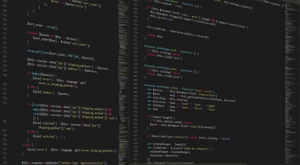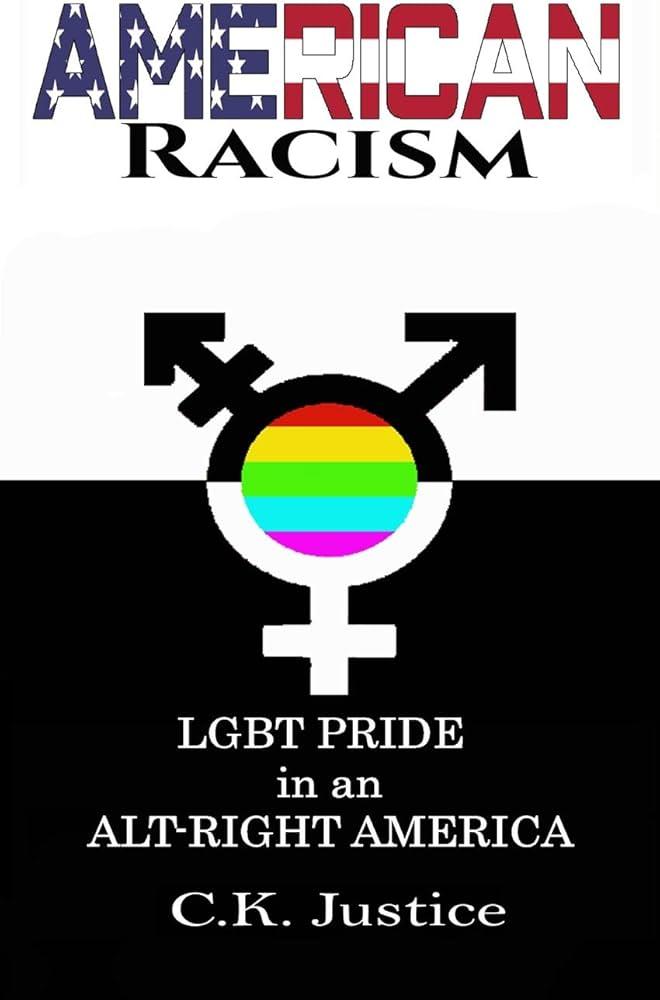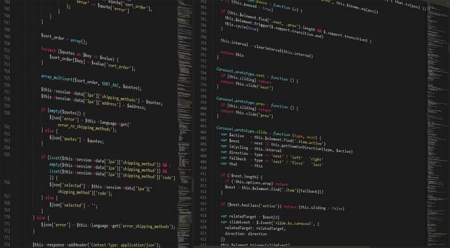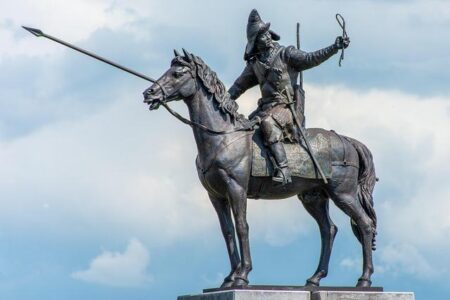Opinion | Embracing Pride and Protecting Rights: A Core American Commitment
The ongoing conversation about American identity and civil liberties remains deeply charged and multifaceted, especially when it comes to the relationship between pride and rights. From advocating for equal legal protections to honoring the rich mosaic of cultural identities, this dialogue is central to the nation’s social and political landscape. As America continues to confront issues of inclusion, representation, and justice, it becomes evident that safeguarding these fundamental rights is not only a legal imperative but also a source of collective national pride. This article explores why affirming the rights of all citizens is vital to upholding the democratic values and social harmony that define the United States.
Redefining American Identity Through Pride and Equality
At the core of the American story lies a steadfast dedication to liberty and fairness—principles that have progressively expanded to embrace diversity in all its dimensions. Pride, in this framework, is far more than celebration; it is a powerful declaration of identity and rights that confronts past injustices head-on. Recognizing LGBTQ+ individuals as essential contributors to the nation’s cultural fabric enriches public discourse and strengthens the promises enshrined in the Constitution. Advocating boldly for these rights symbolizes the nation’s ongoing evolution toward a society where personal dignity and civil freedoms stand as twin pillars of American identity.
Shifts in legislation and public opinion illustrate the dynamic relationship between pride and patriotism. Key drivers of this transformation include:
- Historic legal victories affirming equality, such as the legalization of same-sex marriage and protections against discrimination
- Grassroots movements that have galvanized social acceptance and awareness
- Increased visibility and representation in media, politics, and corporate leadership that normalize diverse identities
These factors highlight that embracing pride is not just a cultural phenomenon but a reaffirmation of the core American ideals—ideals that continue to redefine freedom and equality in the 21st century.
| Historic Event | Year | Significance |
|---|---|---|
| Stonewall Uprising | 1969 | Ignited the modern LGBTQ+ rights movement |
| Obergefell v. Hodges | 2015 | Legalized marriage equality nationwide |
| Bostock v. Clayton County | 2020 | Extended workplace discrimination protections to LGBTQ+ employees |
Historical Progression of Civil Rights in America
The path toward civil rights in the United States has been shaped by relentless determination and pivotal breakthroughs spanning centuries. The struggle predates the 20th century, beginning with the abolition of slavery and advancing through the women’s suffrage movement to the ongoing fight for equality among marginalized groups. Landmark moments such as the Emancipation Proclamation, the Civil Rights Act of 1964, and key Supreme Court rulings have fundamentally transformed the legal landscape, moving society from exclusion toward inclusion and from systemic bias toward equity.
The civil rights movement remains a dynamic force, continuously adapting to contemporary challenges. Its progress is propelled by:
- Community activism that mobilizes citizens to confront injustice at the grassroots level.
- Legislative advancements that safeguard voting rights, fair housing, and workplace equality.
- Judicial interpretation that expands constitutional protections and civil liberties.
| Era | Key Achievement | Societal Impact |
|---|---|---|
| 1860s | 13th Amendment | Ended slavery in the United States |
| 1920s | 19th Amendment | Granted women the right to vote |
| 1960s | Civil Rights Act | Prohibited racial segregation and discrimination |
| 2010s | Marriage Equality | Legal recognition of LGBTQ+ relationships |
Current Obstacles for the LGBTQ+ Community
Despite remarkable progress over recent decades, LGBTQ+ individuals still face systemic hurdles that impede full equality and social acceptance across the United States. Legal protections vary widely by state, with many regions lacking comprehensive safeguards against discrimination in housing, employment, and healthcare. This fragmented legal environment leaves many vulnerable to bias and unequal treatment, affecting their daily lives. Moreover, societal stigma and misinformation contribute to mental health disparities, with LGBTQ+ youth experiencing disproportionately high rates of bullying, homelessness, and suicide attempts.
The intersection of identity and policy creates a complex set of challenges often overlooked in mainstream conversations. Among the most urgent issues are:
- Healthcare Inequities: Limited access to providers knowledgeable about LGBTQ+ health needs and exclusion from certain insurance plans.
- Safety and Violence: Increased exposure to hate crimes and insufficient legal protections.
- Legal Recognition Gaps: Incomplete acknowledgment of transgender rights and diverse family structures.
| Challenge | Consequences | Current Landscape |
|---|---|---|
| Workplace Discrimination | Job insecurity and wage disparities | Explicit protections in only 21 states |
| Healthcare Access | Delayed or inadequate medical treatment | Varies significantly by region and policy |
| Hate Crimes | Physical harm and psychological trauma | Underreported and increasing in frequency |
Strategies for Advancing Equality and Inclusion
Building a society where every person feels respected and empowered requires robust policies that enforce comprehensive anti-discrimination protections covering race, gender identity, sexual orientation, and disability. Governments and organizations should mandate diversity and inclusion training to uncover and mitigate unconscious biases, fostering workplaces and institutions that celebrate difference. Establishing clear mechanisms for reporting discrimination and ensuring accountability is essential for meaningful progress.
Ensuring equitable access to education and healthcare is equally critical. Investments in community-based programs offering scholarships, mentorship, and culturally sensitive healthcare services can help close long-standing gaps. The table below outlines key policy areas and their anticipated benefits:
| Policy Focus | Goal | Expected Result |
|---|---|---|
| Anti-Discrimination Laws | Protect marginalized populations | Decrease bias in workplaces and public spaces |
| Diversity and Inclusion Training | Raise awareness of implicit biases | Create more welcoming organizational cultures |
| Educational Access | Expand scholarship and mentorship programs | Boost graduation rates among underrepresented groups |
| Healthcare Equity | Enhance availability of culturally competent care | Improve health outcomes in underserved communities |
- Community engagement efforts to promote dialogue and empowerment
- Inclusive recruitment policies that mirror societal diversity
- Ongoing policy evaluation to respond to emerging needs and challenges
Conclusion: The Path Forward
In summary, the discourse surrounding pride and rights remains a defining feature of contemporary American life. As diverse communities continue to champion equality and recognition, it is clear that these conversations transcend identity politics—they touch the very principles that shape the nation. Embracing and honoring the varied experiences that compose America’s social fabric is crucial for fostering unity and progress. This editorial affirms the necessity of steadfast commitment to these ideals, guiding the country closer to the inclusive vision upon which it was founded.













